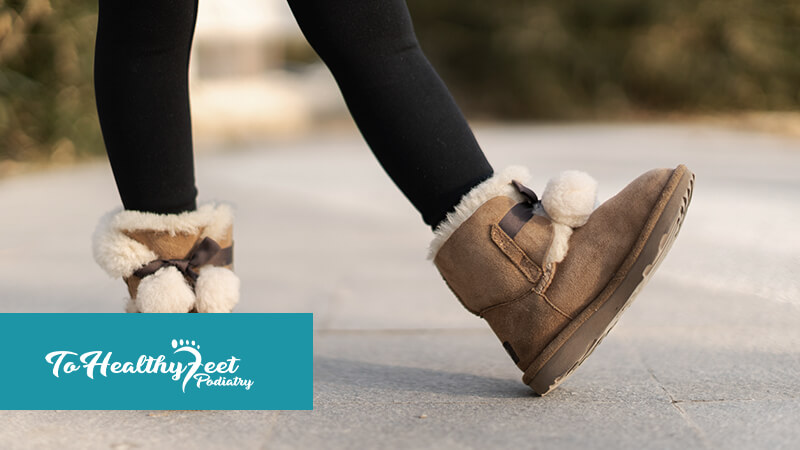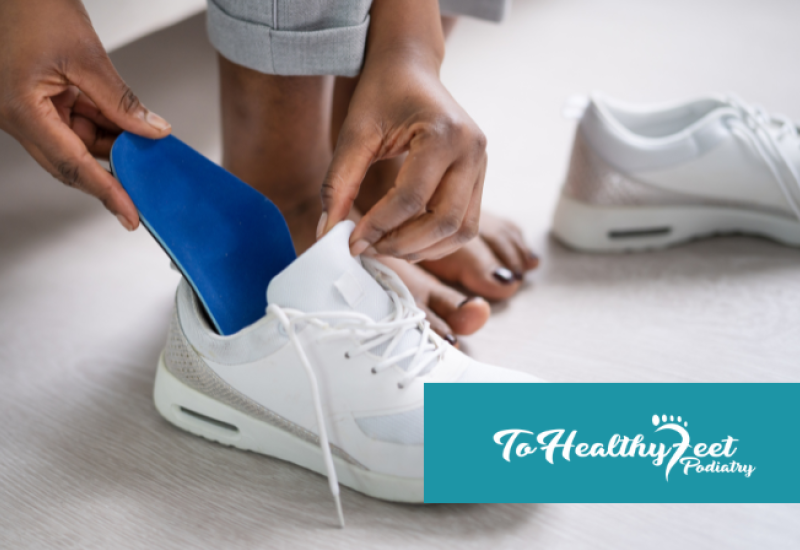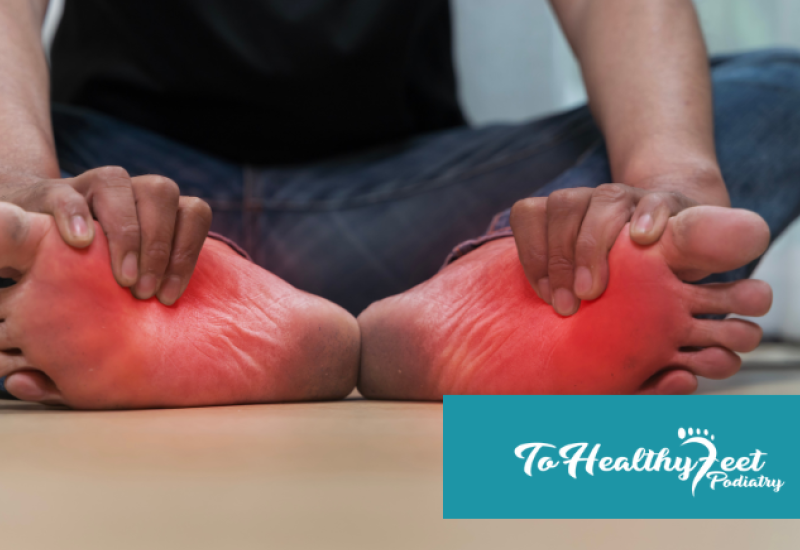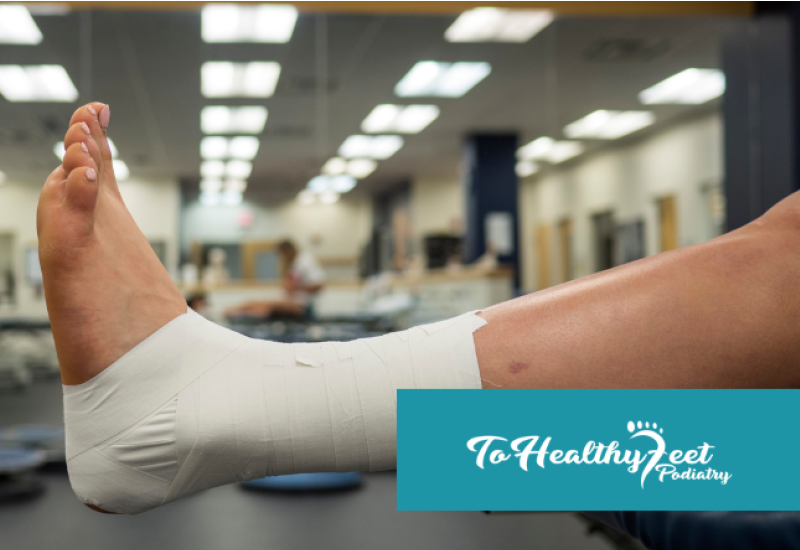What Causes a Bunion To Form?
Although the exact reason that some people develop bunions is not entirely known, there are several factors that contribute to their development:
- Foot Type/ Structure
- Foot Stress and Injury
- Birth Deformities
- Certain Types of Inflammatory Arthritis, such as rheumatoid
Not all experts agree, but there is some indication that tight, narrow, and high-heeled shoes can contribute to the development of bunions, for those who are predisposed.
How To Treat Bunions:
There are no conservative treatments that can put the bones and joint back into alignment, but there are certain therapies that can slow the progression of bunions and offer pain relief:
- Shield the bunion with a protective gel pad or moleskin
- Orthotics (shoe inserts) to help properly align your foot
- Splints that keep your big toe straight while sleeping at night
- Ultrasound, ice packs, warm compress, and massage may alleviate pain or discomfort
- Anti-inflammatory medication such as ibuprofen can help reduce swelling
- Choose the best footwear for bunion pain relief
- How To Choose The Best Boots When You Have Bunions
There are certain features to consider when selecting boots that ensure you are not aggravating your condition, but instead achieving comfort and support for your feet.
- Choose Low-Heeled Boots: Ideally less than one inch, but no more than two inches to avoid causing forward pressure and pressing your toes into the end of your shoe.
- Choose Flexible, Breathable Materials: Opt for natural materials like leather or cotton canvas, or high-quality synthetics.
- Look For Good Arch Support: This will support the structure of your foot and ease pressure on your bunion.
- Choose The Right Size: Footwear that is too tight will squeeze your foot and cause more pain. Consider going up half a size, especially if you want your boots to accommodate an insert or orthotics.
- Go Wide: Avoid pointy-toed shoes and instead, opt for a roomy, deep toe box.
- Look For Straps And Laces: These kinds of boots can be adjusted for a more customized and supportive fit.
BONUS TIPS:
- Shop for your shoes at the end of the day when your feet will be at their largest.
- Consider pull-on boots if you are recovering from bunion surgery.
- You may be able to modify boots you already have to be more comfortable with stretchers, bunion pads, orthotics, and toe spacers.
- Here are some Recommended Shoe Brands if you are seeking podiatrist approved, high-quality boots.
Relief From Bunion Pain With Your NYC Podiatrists
Finding the right boots when you suffer the pain and discomfort of bunions can be challenging. Follow the advice of our Manhattan team of podiatrists to find supportive, comfortable boots and footwear to relieve your bunion pain.
Bunions are a progressive condition and will continue to get worse as time goes on. Surgery is not necessary if your bunions are not causing pain or impairing your ability to walk and move, but if more conservative treatment approaches are not offering you the relief you need, a podiatrist can help.
Our expert team of NYC foot doctors can expertly assess your bunions and recommend the most ideal course of treatment to get you up your feet again. We provide accurate diagnosis and comprehensive foot and ankle care and have the tools necessary to provide a variety of tailored treatment approaches at each of our Manhattan Podiatry Clinics. If you are experiencing bunion pain or suffering due to any other foot or ankle condition pain, call To Healthy Feet Podiatry at 1-917-398-3668 or fill out the contact form to book your appointment at our Upper East Side, Downtown, or Midtown locations today.
FAQ
Q: How long will bunion surgery take?
A: Bunion surgery will typically take less than one hour. You will be released the same day to recover in the comfort of your own home.
Q: What causes bunions?
A: Bunions can be caused by many different factors. Bunions often run in families and can be caused by loose ligaments which allows your bone to float out of place over time. Additionally, shoe gear plays a role in the development of bunions as tight, pointy shoes and high heels put an unnatural biomechanical strain on the foot.
Q: Can you treat a bunion with laser surgery?
A: Unfortunately, a laser that would be strong enough to burn through bone would also damage all the soft tissue structures that support your foot. This means that in order to reach the bone, an incision will have to be made and careful preservation of all the soft tissue structures will be undertaken during surgery. Once the bone is visible, the deformity will be corrected and held in place, usually with screws or plates.




